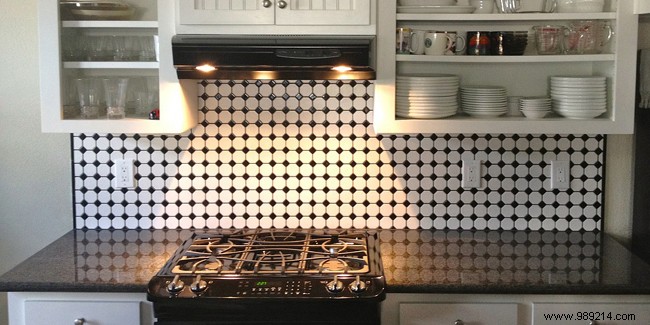
The tiles can also be trendy depending on the different patterns and textures that will be chosen for each of the different rooms in the house. It is also appreciated for its practical side to maintain on a daily basis. Each room has its own tile, so how do you choose the one for the kitchen?
Knowing the technical criteria is important, as it will serve as a guide in the choice of tiles. The tiles have several standards:UPEC, PEI, MOHS and ABC as well as R.
The UPEC standard means:U for Wear caused by passages on the tiling. P for Punching related to heels and furniture legs. E for Water which concerns the permeability of the tiles and C for resistance to chemical products. The letters are accompanied by ratings that range from 1 to 4, the higher the better. Terracotta tiles are not affected by this standard.
The PEI or "Porcelain Enamel Institute" standard measures resistance to abrasion. Scores range from 1 for weak passages to 5 for frequent passages. This standard concerns glazed tiles only.
The MOHS standard calculates scratch resistance with scores ranging from 1 to 10. From 8, the tiles are virtually scratch-proof.
The last two standards ABC (bare feet) and R (shoes):they take into account the classification of the grip of the ground. R9 means tiles with normal grip and R13 means tiles with the best non-slip grip.
The kitchen is a very busy place and it has become the friendly place to meet with therefore a very high level of passage and the presence of different materials such as fat, water or vapors. The kitchen is a multifunctional space, in this sense the standards to be taken into account are above all the E and C ratings for, respectively, the presence of water and the use of chemicals for cleaning, as well as the rating U for attendance.
Earthenware and cement are trendy and cement is appreciated for the different looks and textures it can present. It shows a beautiful aesthetic appearance and is easy to maintain and install. It is as decorative as earthenware. Earthenware is much more fragile and can only be used for wall tiles or splashbacks.
Terracotta and natural stone add character to the kitchen. For a traditional kitchen, terracotta is suitable with its warm color. It must be treated to withstand stains and water well and it requires regular maintenance to avoid tarnishing. Natural stone, although more robust, also needs regular maintenance to keep its impermeability.
The most used tile remains porcelain stoneware. It is easy to install, maintain and requires no constraint. Its advantage is to be able to reproduce other aspects such as wood or stone and can be available in different colors and textures.
The choice of kitchen tiling is mainly based on standards, but also on its aesthetic side. A neutral color such as beige and gray is recommended, white is to be avoided for dirt.